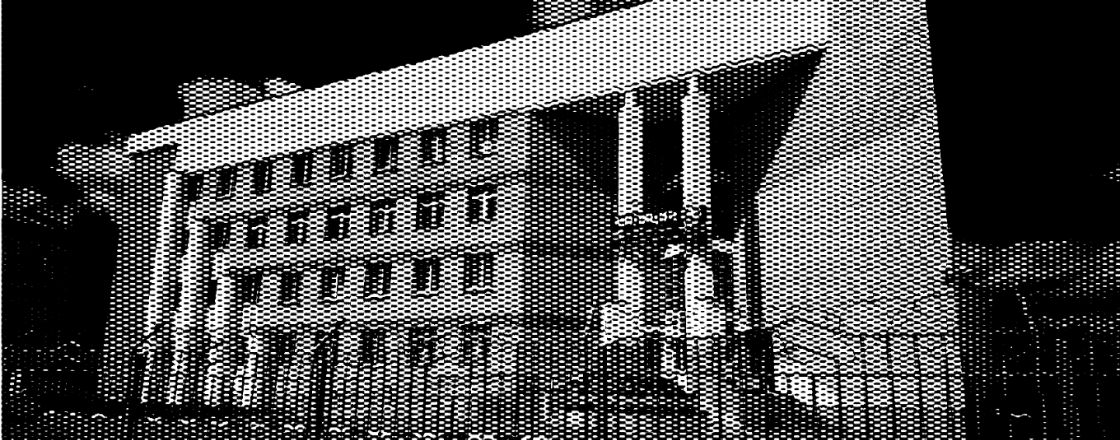Between August 9th and 13th, 2020, the Central Internal Affairs Directorate of Minsk became the arena for ruthless torture and humiliation of detained peaceful protesters. According to the International Committee for the Investigation of Torture in Belarus, between 400 and 600 individuals passed through the walls of this institution during those days, including minors and foreign nationals.
The victims we interviewed spoke of inhumane conditions, physical violence (beatings, threats, use of electric shocks) and psychological pressure. Those detained under “political” charges, possessing national symbols, or having a non-conformist appearance were treated especially cruelly. At night, in the rain, detainees lay face down on the asphalt for hours or stood against a wall in agonizing positions with their arms raised or pulled back. Often, their wrists were bound with plastic construction ties or handcuffs.
A few quotes:
«They step on your feet and try to twist your ankle to cause pain. Then they lay you face down on the asphalt and press down on your neck».
From a victim’s statement
«On both sides, officers line up with batons, and you have to run through this corridor into the police van. Their goal is to hit you as much and as hard as possible».
From a victim’s statement
“They took alcohol, meaning they doused him with it, as I understood from the smell, and then they say, ‘Alright, we’re going to burn you now».
From a victim’s statement
Investigators from the International Committee thoroughly analyzed 54 interviews with victims (totaling 772 pages of text) and 137 pages of photographs of injuries and medical documents, based on which a chronology of events was compiled.
Using open sources, as well as information provided by the “Viasna” Human Rights Center and Cyber Partisans, we compiled a list of Central Internal Affairs Directorate employees who were most likely involved in the torture of detainees. The list contains a total of 88 officers.
Among the victims we documented, we conducted an identification of potential perpetrators. The identification process was complicated by several objective factors: most officers were in balaclavas or medical masks, many of the victims present in Belarus, fearing repression, chose not to participate in the identification process, and more than three years have passed since the events, so many details and images had faded from the interviewed victims’ memories.
Nonetheless, in the full version of the report, we present a list of 33 officers that the victims were able to identify.
Important! The guilt of these individuals must be proven in court. The aim of the investigation is solely to preserve evidence and ensure the triumph of justice.
We urge the international community to take action and support the victims, seeking accountability for the crimes committed. It is necessary to end the cycle of violence and impunity to prevent such events from ever happening again.
The investigation was conducted thanks to the support of:


